I had visited Callan Park a few times during the lockdown (see here and here), and had noticed some interesting old engravings in some of the rock outcrops near the bay. Bob was keen to visit the park, and he had found an journal article describing the engravings. So Bob and myself meet up at Callan Park and spent an interesting few hours wandering around the large park.
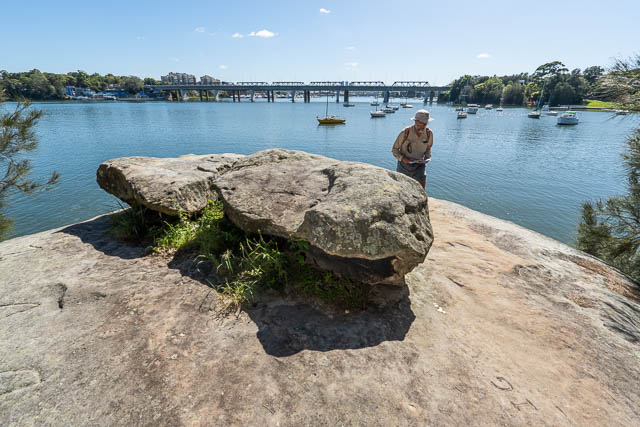
We walked in from Balmain Road, and that took us past some of the old buildings that were once part of the Callan Park Lunatic Asylum.
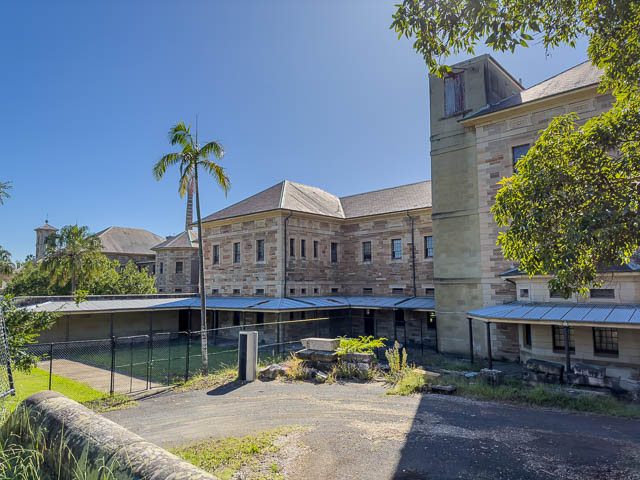
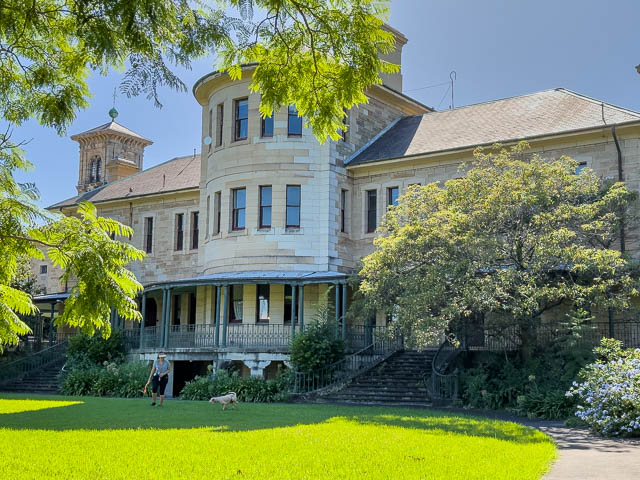
The engravings we were interested in were all in one area near a small headland. The origin of these engravings is not clear. There are theories that they were carved by inmates of the asylum, and there is a website claiming that they were carved by a Maori inmate.
The document Bob had found – “Callan Park Rock Engraving Project” 1996, by John K Clegg et al, Archeology, University of Sydney, has a more plausible hypothesis for the source of the engravings. Here is a quote –
MR R. Black, 89, of Waitara, believes the man who carved and inscribed the rock bluffs at Iron Cove was a crazy old recluse. Everyone was afraid of him and no one knew his name.
MrBlacksays:”As a young boy I remember him living on a houseboat below the point at Callan Park. About 60 to 70 years old, he always wore a seaman’s cap and shunned the public. Everyone said he was a sea-captain, either French or German. Nobody was allowed aboard his boat, which he seldom left. School children said he could draw good pictures. I don’t know what happened to him.”
If Mr Black, 89 in 1974, was a young boy – shall we guess 5-10 years of age? – when he knew our artist, it must have been somewhere around 1895 to 1910. Again, if Mr. Black’s estimate of the artisfs age is correct, 60-70 in 1895 – 1910, he was 69-79 in 1919, the latest date (if it is a date) and in 1855, the earliest, he was 20-30. This all seems quite feasible.
It seems feasible to me too. A lot of the written engravings seem to be in illiterate French, and a lot of he engravings are of sailing ships and nautical compasses. But also see this discussion.
Here is a compass rose engraving. Note the compass is mounted on a gimbal.

Some of the engravings are very faint and covered by grass –
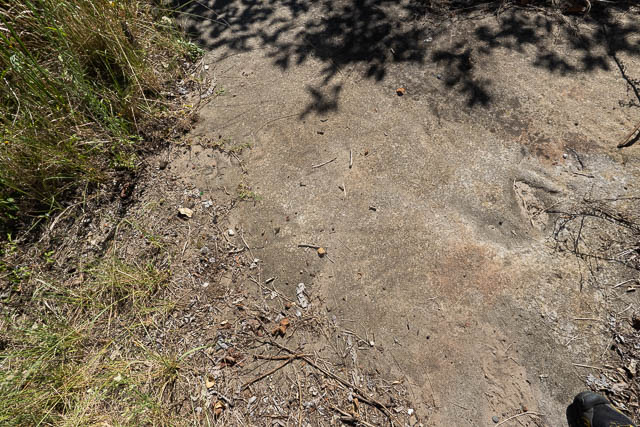
Another compass rose –
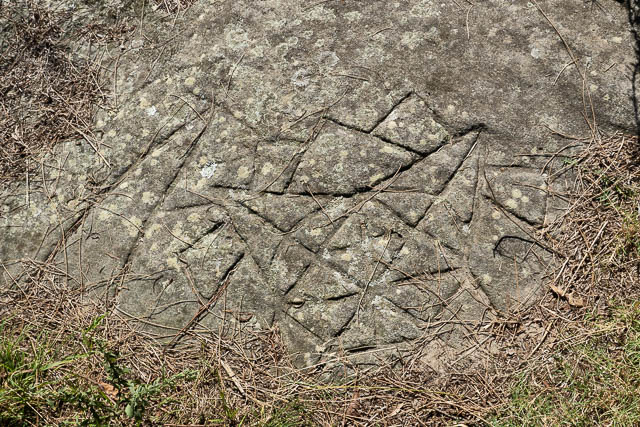
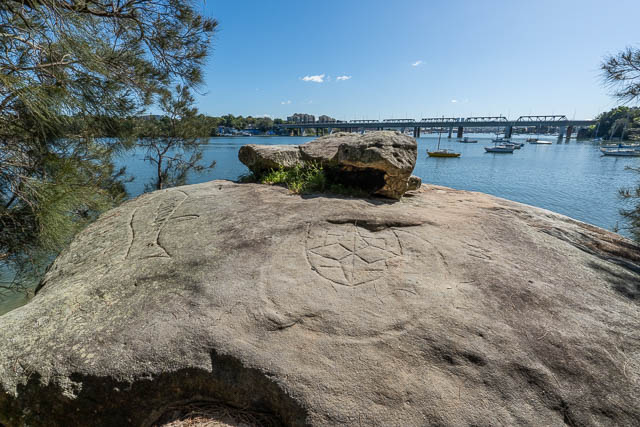
Clegg thinks it is likley that the base engraving here of the fish could be much older and of Aboriginal origin.
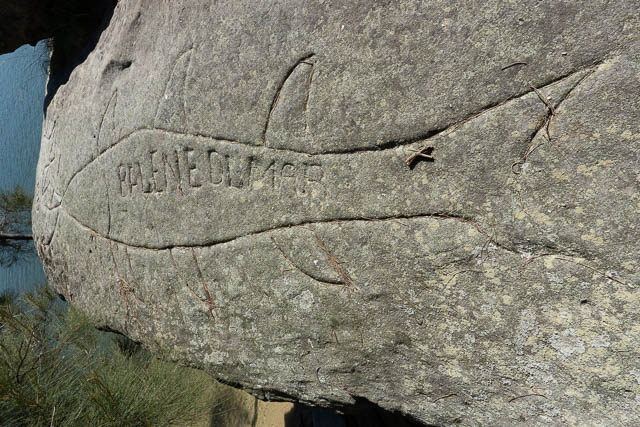
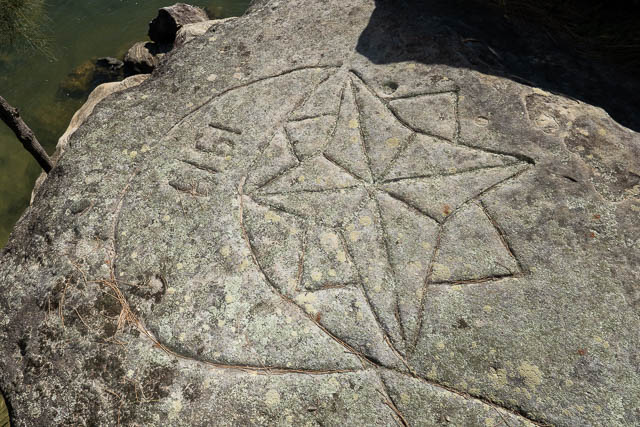
One of many sailing ship engravings and the diagram from Glegg.
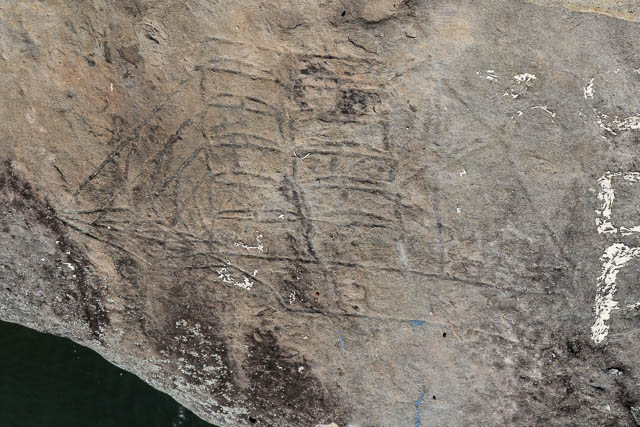
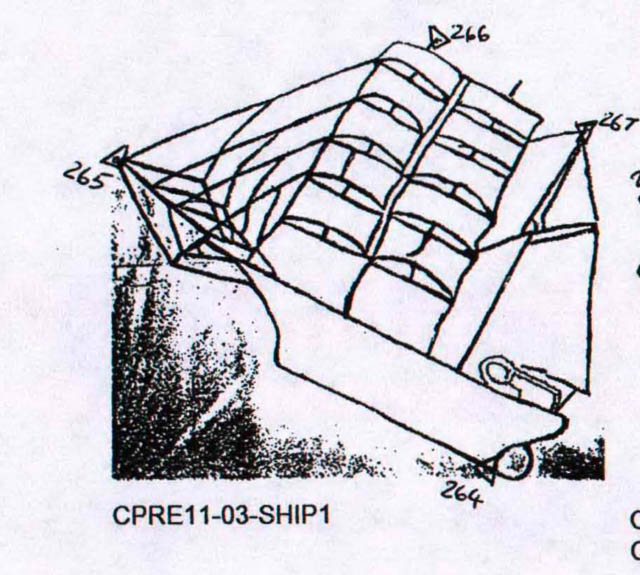
This is a world globe –
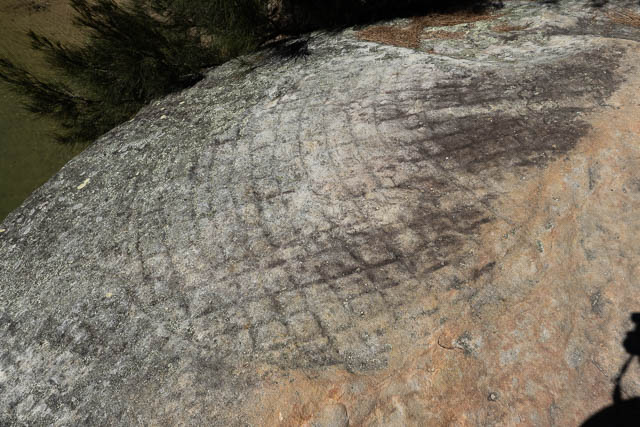
The whole area is also an Aboriginal midden –

This engraving is faint and could be the head of the figure below –


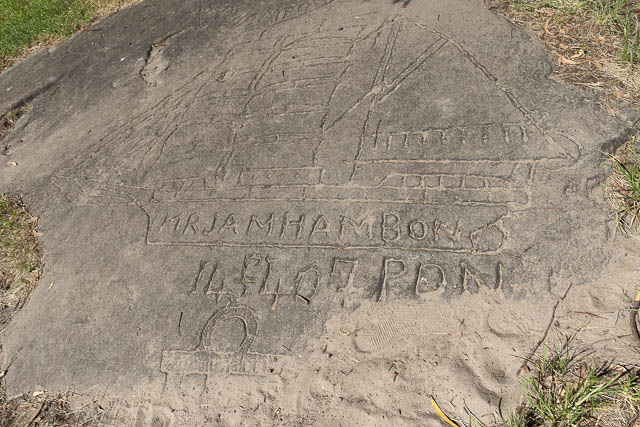
This one is a hat wearing head –
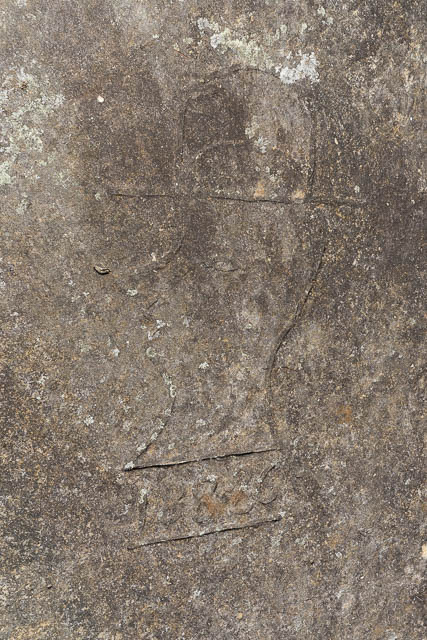
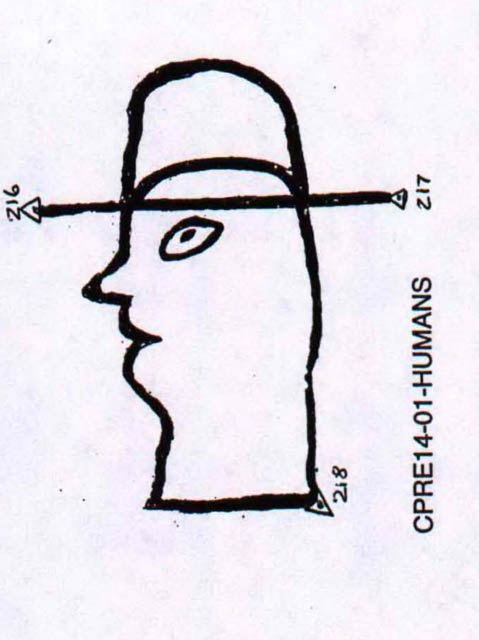
And this is a steam ship –


A female figure –
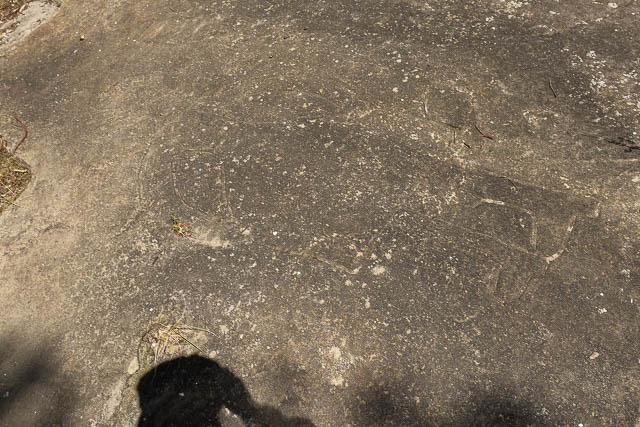
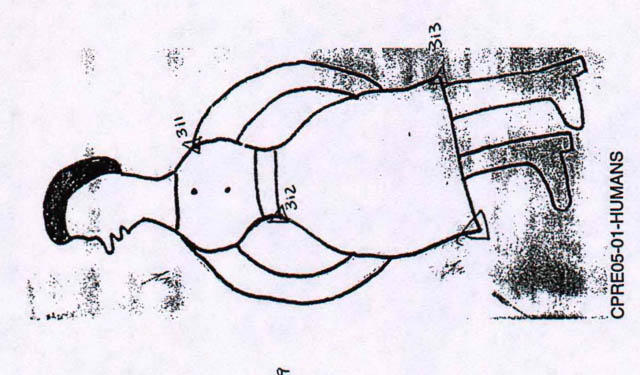
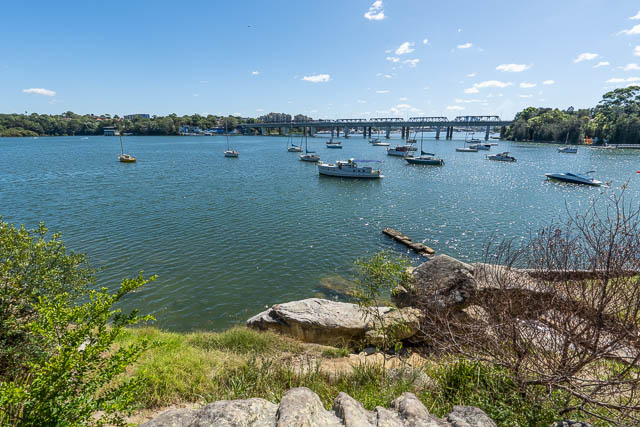
After that we looked at some Aboriginal sites nearby in the park. Here is a scar tree –

Possible sharpening grooves –
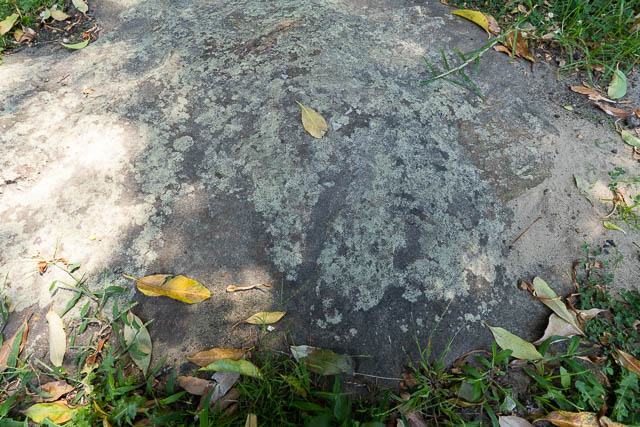
Possible well –
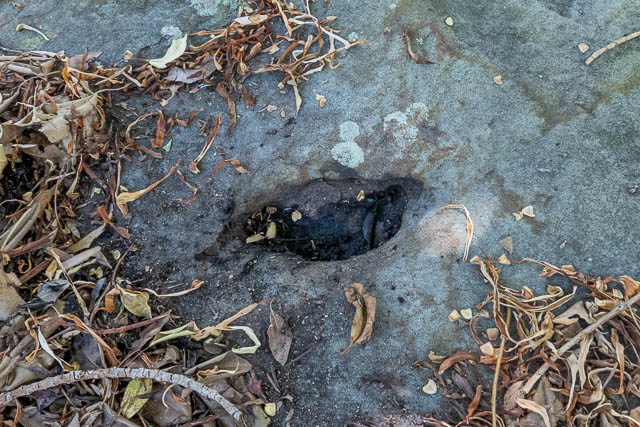
Then we had lunch and later wandered around the park

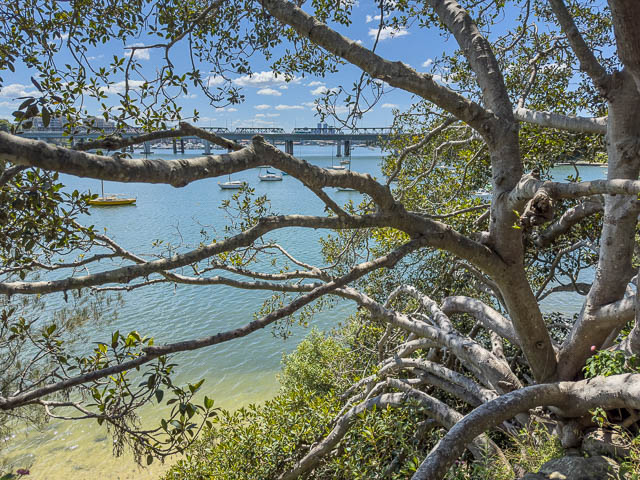
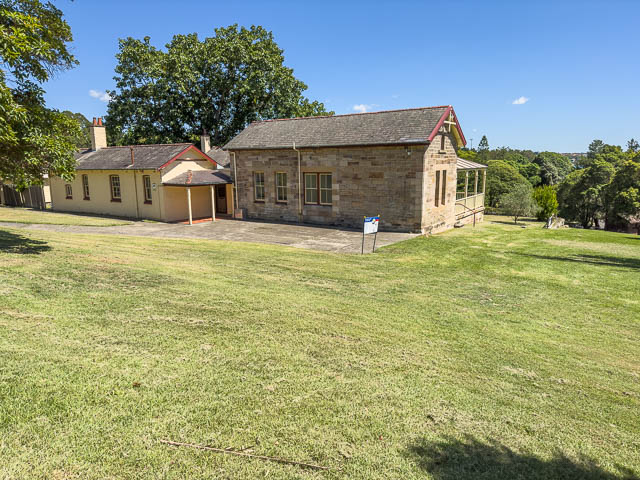
The person who designed this section seemed to have had an inordinate fondness for bridges –
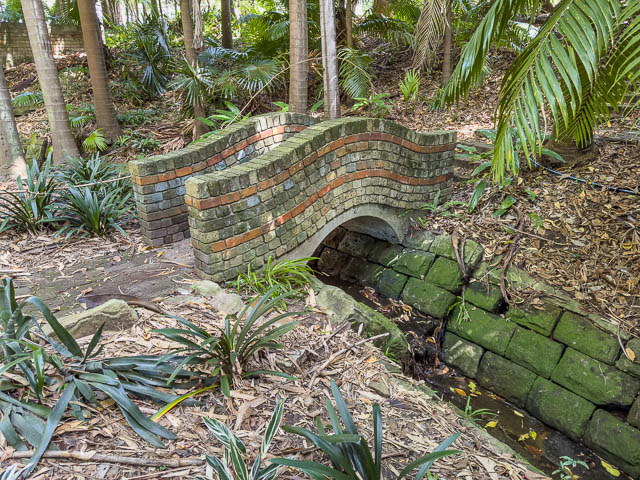
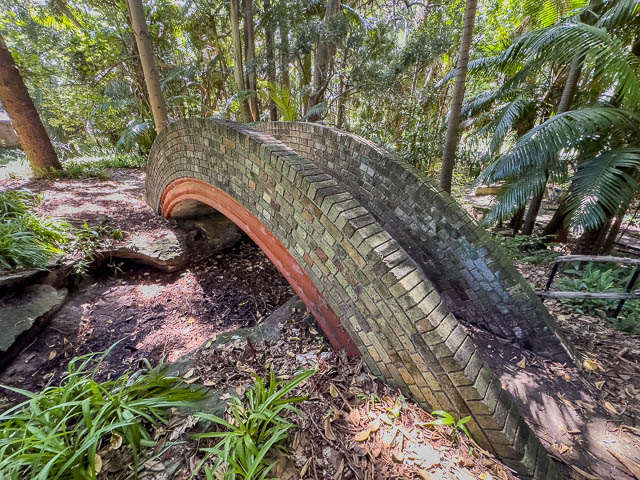
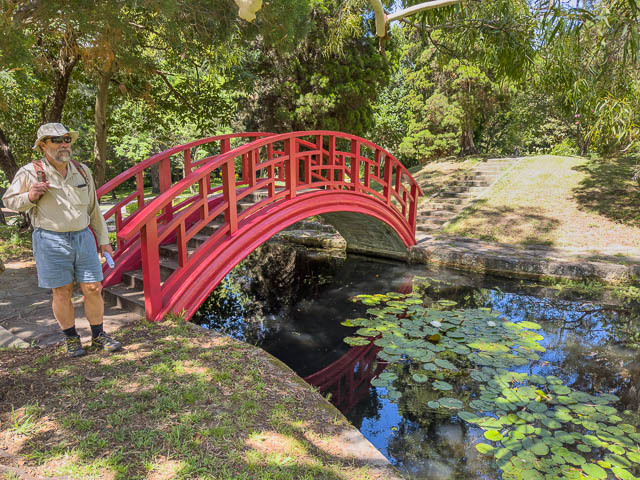
Callan Park is an interesting place – well worth visit.

The pictures don’t load ya old codger!
Fix em for us alright!
Sorry Mike. It is a technical issue on my end. I am not a WordPress expert – and when I try and fix things – I find I cannot log back in -and need to do some work to fix that back up. All i can suggest is to try a different browser or change you browser security settings for my blog.